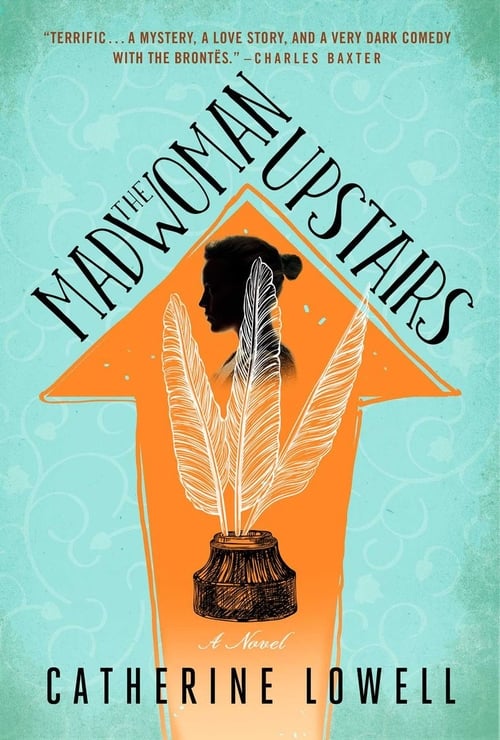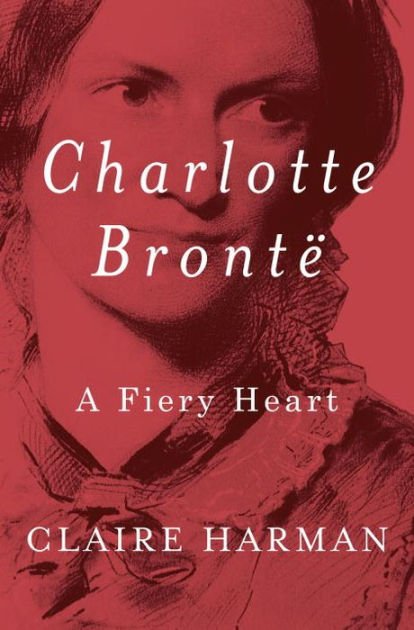THE MADWOMAN UPSTAIRS by Catherine Lowell
For someone like me — obsessed with Gothic literature, wrote their masters thesis on the “madwoman in the attic” in film and makes jokes about being “gaslit” — this book was serious fun. The spunky narrator, Samantha Whipple, has just been admitted to Oxford to study English literature. She also happens to be the last known relation to the Brontë family. Her father was a noted keeper of the family legacy and more than a bit eccentric. His sudden death has left Samantha without direction and lingering questions.
She slowly uncovers her family’s past through a massive, carefully planned scavenger hunt set in motion by her father decades earlier. Piece by piece, Samantha must find and then interpret the clues left for her, while at the same time dealing with her grief and the increased scrutiny of Brontë fanatics who think she has a hidden inheritance.
Using real figures and constructing mirrored plots to much-beloved literature is dangerous ground, but Lowell handles it well. Samantha’s narrative style is funny and dark. Her presentation makes it impossible to take anything too seriously and keeps the book at a fun, nerdy level. Samantha’s tone, too, keeps away any notion of purple prose taking over.
I stopped writing after that. I feigned outrage at my mother, yet I was secretly relieved. I knew, deep down, that I had no talent. It was the same way guests at a wedding secretly knew the couple would be divorced within a year. ~Loc. 830
Interspersed with the adventure tale are legitimate analysis and thought experiments about the Brontës’ work. Samantha and her professor are particularly interested in Anne, the less well-known of the prolific family. Shades of Wuthering Heights, Jane Eyre, and even Rebecca come into play. But non-students need not be scared away. It’s all very accessible.
A new adaptation of Jane Eyre came out every year, and every year, it was exactly the same. An unknown actress would play Jane, and she was usually prettier than she should have been. A very handsome, very brooding, very “ooh-la-la” man would play Rochester, and Judi Dench would play everyone else. ~Loc. 1282
(It’s funny, because it’s true.)
Read via NetGalley.
Hardcover: 352 pages
Publisher: Touchstone (March 1, 2016)
Language: English
ISBN-10: 1501124218
ISBN-13: 978-1501124211
Product Dimensions: 6 x 1.3 x 9 inches
CHARLOTTE BRONTE: A FIERY HEART by Claire Harman
A happy accident, I found myself reading these two books simultaneously. The two were perfectly complementary. Harman has written a very human biography not just of Charlotte Brontë, but the entire Brontë clan. While Charlotte is the main focus of the more in-depth sections, it quickly becomes clear that the family was incredibly close and influenced one another.
I knew only broad strokes about the family and found the exploration of their lives utterly fascinating. The detail with which the children created imaginary worlds is staggering. And the stringent world they lived in made their play even more rich.
So the family at the Parsonage lived in isolation, an odd household, certainly: at its head a solitary egoist, accustomed to being listened to but not seeking must by way of dialogue, which is somewhat agoraphobic maiden sister-in-law standing in as a pallid substitute for a wife and mother, and the four remaining children dependent on their own resources, with Charlotte thrown into the role left empty by the paragon Maria. ~Loc. 981
As the children grow older, the focus does shift more squarely on Charlotte. She becomes a representation of the family’s difficulties and successes. Still ten years before Jane Eyre, the book that would make her famous she is grappling with the frustrations of a genius trapped by convention.
As a governess and teacher from 1835-7, Charlotte created a bifurcated self. She wrote with wild abandon and then forced her mind back to reality. She wrote about this self-deceptive and ultimately painful pattern.
“I felt as if I could have written gloriously — I longed to write,” she wrote one Friday in August, stuck in the classroom. “The spirit of all Verdopolis [a kingdom imagined in childhood], of all the mountainous North, os all the woodland West, of all the river-watered East came crowding into my mind. If I had had time to indulge it, I felt that the vague sensations of that moment would have settled down into some narrative better at least than any thing I ever produced before. But just then a dolt came up with a lesson. I thought I should have vomited.” Loc. 1728
Her reaction was visceral, going beyond simple disappointment at not being able to write a leisure. She knew what she wanted and saw precisely what stood in her way. This persistent impossibility comes through in her letters, and her future work.
I even found tiny tidbits that inspired more investigation on my part. The dramatic mention of an earthquake in 1824 near Haworth. It turns out it was actually a landslide, eventual termed the Crow Hill Bog Blast or Explosion. Following several days of heavy rain, the saturated moorlands gave way to a muddy tidal wave that ran through the valley. Geological evidence of it can still be seen today. Reading about this singular incident sent me off in search of more (including from my awesome former professor) — the best sign that a biography is relevant and exciting.
Many thanks to Katie at Knopf Doubleday for the galley copy.
______
Hardcover: 480 pages
Publisher: Knopf (March 1, 2016)
Language: English
ISBN-10: 0307962083
ISBN-13: 978-0307962089
Product Dimensions: 6.7 x 1.5 x 9.5 inches


